Arranged chronologically, this page offers a survey of major Aramaic grammars of different dialects and other select linguistic resources (lexica, handbooks, etc). While not an endorsement of each title, the list highlights a diversity of approaches—philological, pedagogical, comparative—that have shaped the field.
N.b., when multiple editions or printings are available, I try to include the most recent edition with reference to the date of publication of the first printing in the description.
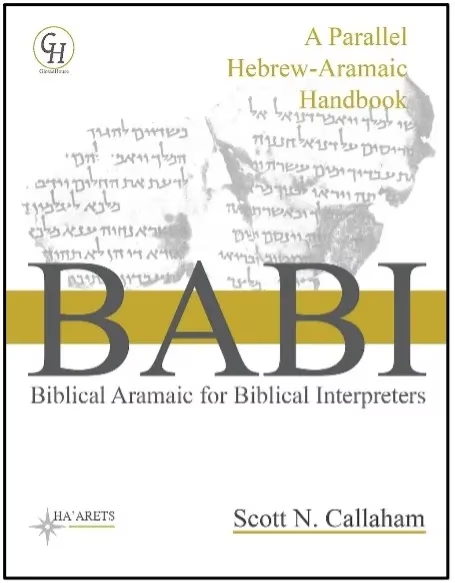
Scott Callaham 2021 (Wilmore, KY: GlossaHouse). From Benjamin Noonan’s (2022) book review: “In Biblical Aramaic for Biblical Interpreters: A Parallel Hebrew-Aramaic Handbook, Scott N. Callaham provides an innovative new textbook for the study of biblical Aramaic. This book has its origins in Callaham’s teaching of biblical Aramaic at Baptist Theological Seminary, Singapore. Many of Callaham’s publications have focused on the linguistic analysis and teaching of the biblical languages; furthermore, Callaham is the host of Daily Dose of Aramaic (https://www.dailydoseofaramaic.com/). Callaham is therefore uniquely qualified to write Biblical Aramaic for Biblical Interpreters, and he does not disappoint.”
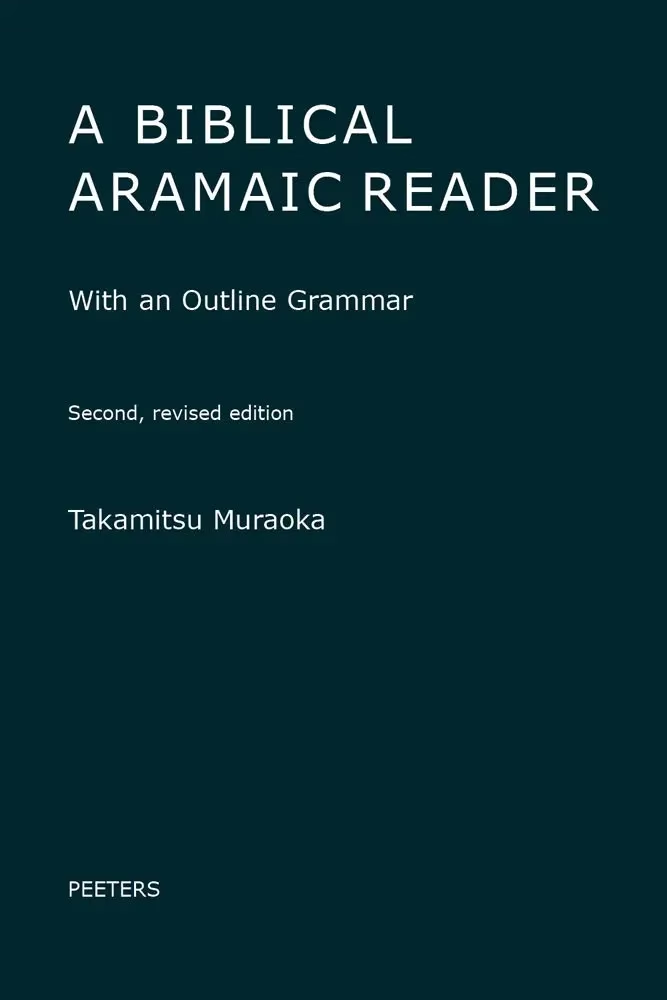
Takamitsu Muraoka 2020 (Leuven: Peeters). First edition: 2015. Description: “A brief outline of Biblical Aramaic grammar is followed by a verse-to-verse grammatical commentary on the Aramaic chapters in the books of Daniel and Ezra. Both the outline grammar and the grammatical commentary presuppose basic knowledge of the grammar and vocabulary of Biblical Hebrew. Constant references are made in the commentary to relevant sections of the outline grammar. The commentary is written in a user-friendly, not overtly technical language. Some grammatical exercises with keys and paradigms conclude the Reader. Also suitable for self-study.”
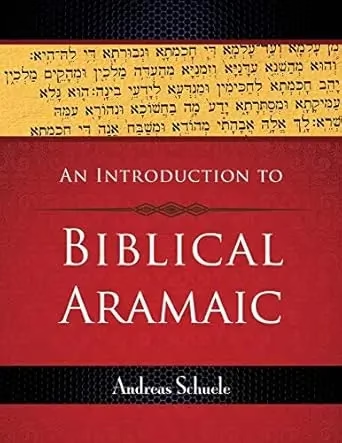
Andreas Schuele 2012 (Louisville: Westminster John Knox Press). Description: “The study of biblical Aramaic is necessary for understanding texts written during certain periods of early Jewish and Christian history and is especially important for the study of the books of Daniel and Ezra. This new textbook is a thorough guide to learning to read and translate biblical Aramaic and includes an introduction to the language, examples of texts for practice translations, and helpful comparison charts.”
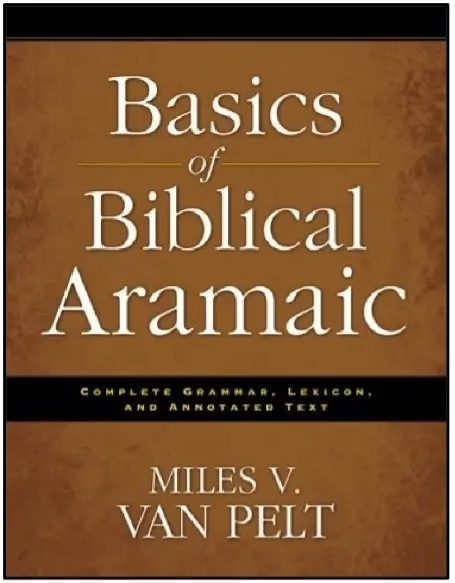
Miles Van Pelt 2011 (Grand Rapids: Zondervan). Description: “There are 269 verses in the Old Testament written in Aramaic, not in Hebrew. Most of the verses are found in Daniel and Ezra. Basics of Biblical Aramaic follows the same easy-to-understand style found the widely-used Basics of Biblical Hebrew and includes everything you need to learn Biblical Aramaic. This book is designed for those who already have a working knowledge of Biblical Hebrew.”
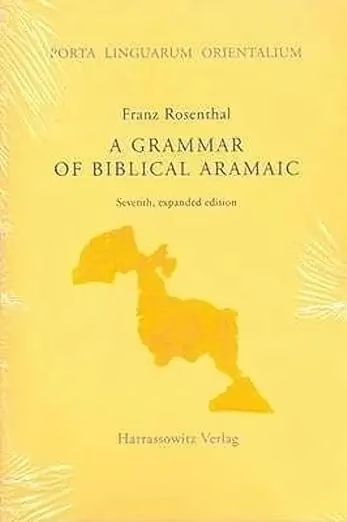
Franz Rosenthal 2006 (Wiesbaden: Harrassowitz Verlag). Seventh, expanded edition. Description: “This grammar of Biblical Aramaic is intended in the first place for the student who wishes to acquire a thorough knowledge of the language of the Aramaic portions of the bible. But it also hopes to stimulate interest in the Aramaic dialects in general and to create a sound basis for further Aramaic studies. It contains a brief but quite full description of the phonetic and grammatical features of Biblical Aramaic, as well as tables of paradigms for the different classes of verbs. Special attention has been paid to the syntax, and the important syntactic data of the language have been treated in special chapters which, however, are kept together with the morphological presentation. A complete glossary of Biblical Aramaic concludes the book. The 7th edition was augmented with an index of biblical citations that was compiled by Daniel M. Gurtner.”

Frederick Greenspahn 2003 (Atlanta: Society of Biblical Literature). First edition: SBL, 1999. Description: “An Introduction to Aramaic is a straightforward introduction to biblical Aramaic for beginning students who are already familiar with Hebrew. All Aramaic passages in the Old Testament are included, along with an introduction to other Aramaic texts, such as ancient inscriptions, Dead Sea Scrolls, rabbinic literature, and quotations in the New Testament. There are also paradigms, a complete glossary, and a list of resources for further study as well as practice exercises for each chapter. The second edition clarifies certain points in the first edition, updates the contents, and provides an answer key.”

Alger Johns 1977 (Berrien Springs, MI: Andrews University Press). Description: “The goal of this grammar is to concisely, yet completely cover the essentials of Biblical Aramaic. Aimed at seminary students, this grammar has become the standard textbook of Biblical Aramaic and is the only one to include graded exercises at the end of each lesson. The Annotated Answer Key by Alger Johns provides translations for the exercises in the textbook. Addressing each chapter of the grammar, James Jumper offers valuable annotations, grammar reminders, and easy cross-referencing.”
Others forthcoming.